How To Add Color To Highlights With Curves In Photoshop
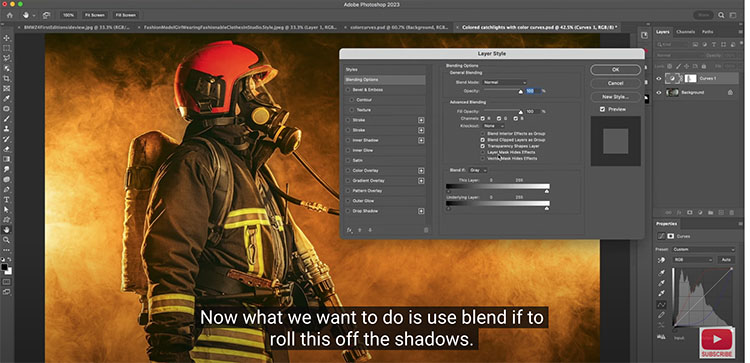

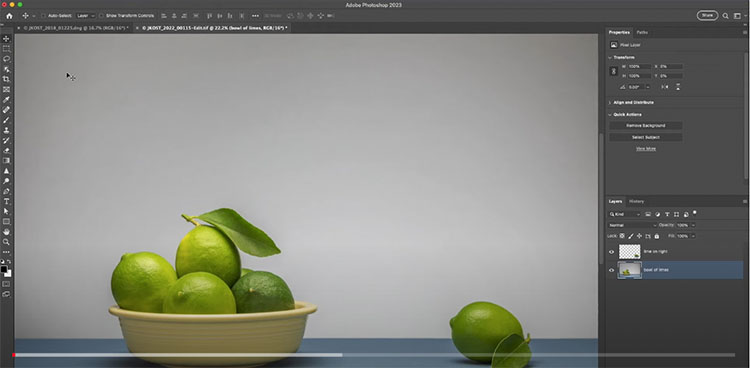


Enjoy a portfolio of my images while I celebrate color and answer eight questions for Calibrite.
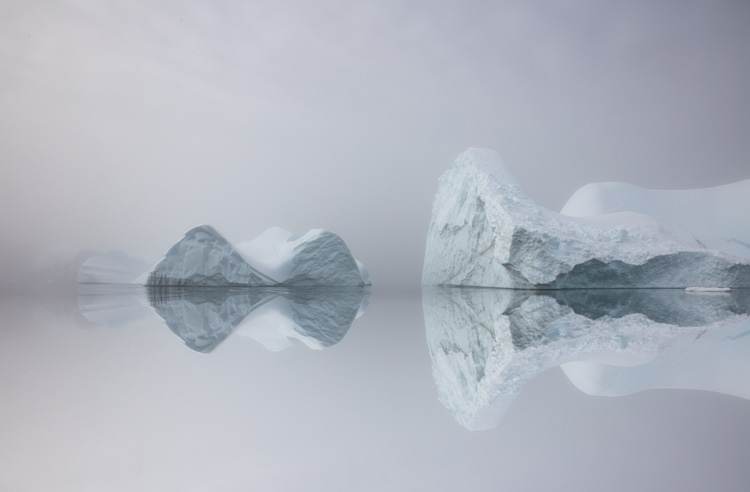
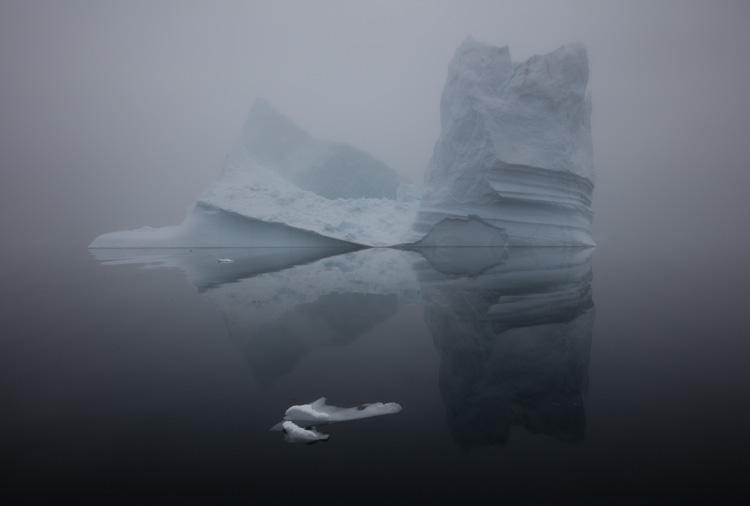
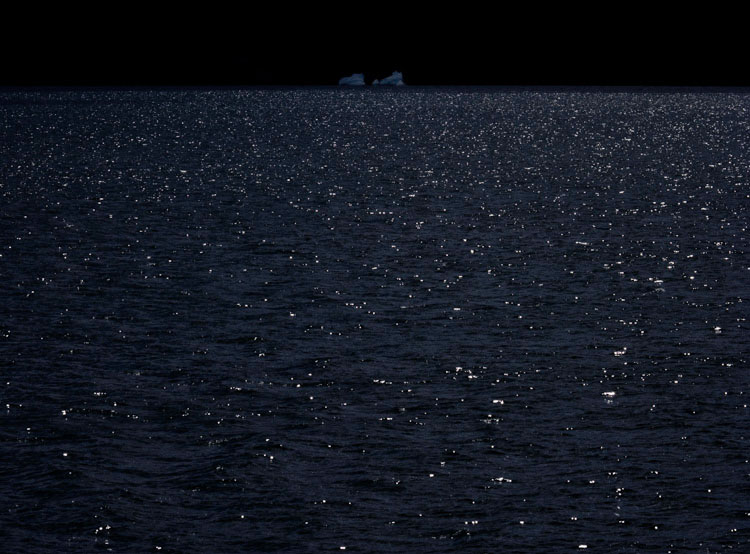
Want more mood in your photographs? One way to do this is to limit images to a single tonal range and focus more on the emotional associations it offers.
Luminosity is often divided into three broad ranges; shadows, midtones, and highlights. If the tonalities in images are predominantly from one of these ranges, they are often described as low-key or high-key. (Curiously, the words medium or mid-key are less frequently used, but it is useful to make this distinction.) By constraining an image to one of these three, you can set a specific mood.
High keys are light and airy.
Medium keys are moderate and balanced.
Low-key images are dark and heavy.
Pursue this a little further by listing as many specific emotions that you feel are related to each of these, and you’ll get a sense of how many shades of expression you’ll be able to explore when you identify them. Read More
Join me for a free webinar
Tuesday Nov 22 at 1 EST
The Wonderful Things Printing Can Do For You & Your Images
What can prints do for you and your images? Let me count the ways!
Learn what to look for in good prints and how to make yours great.
Find out about the many ways you can use prints to improve your art and its success.
Get my free The Digital Printing Quick Start Guide now.
Hosted by Calibrite in the B&H Event Space.
Click the link below to join the webinar.
https://us06web.zoom.us/j/82967781997?pwd=N3BhVWpoWkIwY2ljUndKWWRwWHlqZz09
Passcode: 887027
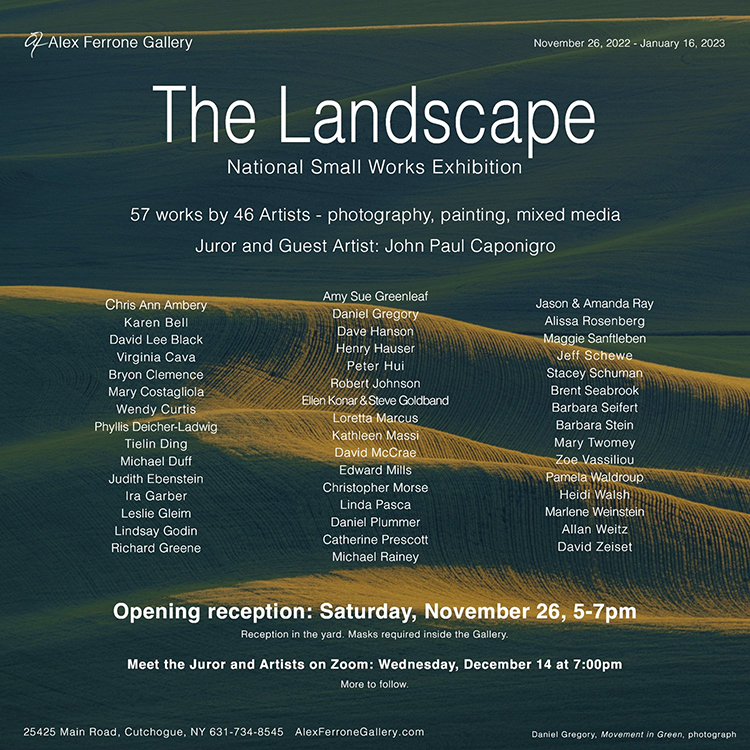
.
Exhibition Dates: November 26, 2022 – January 16, 2023
Reception: Saturday, November 26, 5-7 pm EST
Meet the Juror and Artists on Zoom: December 14, 7 pm EST – Register Here.
This is our tenth annual Small Works exhibition, and each work is affordably sized 13 inches or smaller for your Holiday gift list.
Our juror selected fifty-seven artworks by forty-six national artists working in photography, painting, and mixed media depicting the theme. These personal vistas of our land world include the expanse of outdoor scenery, varied environments and geography, and natural or man-made related landscape subjects.
About the Gallery Exhibition, The Landscape:
Landscape (noun): a picture representing a view of natural land scenery; the landforms of a region in the aggregate; a portion of territory that can be viewed at one time from one place.
Our national juried exhibition welcomes entries of traditional and alternative photography in color or black & white, photo-based works, paintings, mixed media, and small sculptural works depicting the theme, The Landscape. Our Juror will be looking for thought-provoking, creative works expressing the theme with representational or abstract interpretations showcasing the natural land world, the expanse of outdoor scenery, environments, geography, and natural or man-made related landscape subjects.
compelling abstraction, dramatic compositions, varied vantage points, detailed lines, shades, textures, rich tones, environmental concerns, and expressive scenes.
Aspects to avoid:
people, animals, sunrises, and sunsets unless the physical Landscape is the main focal point of the image or composition.
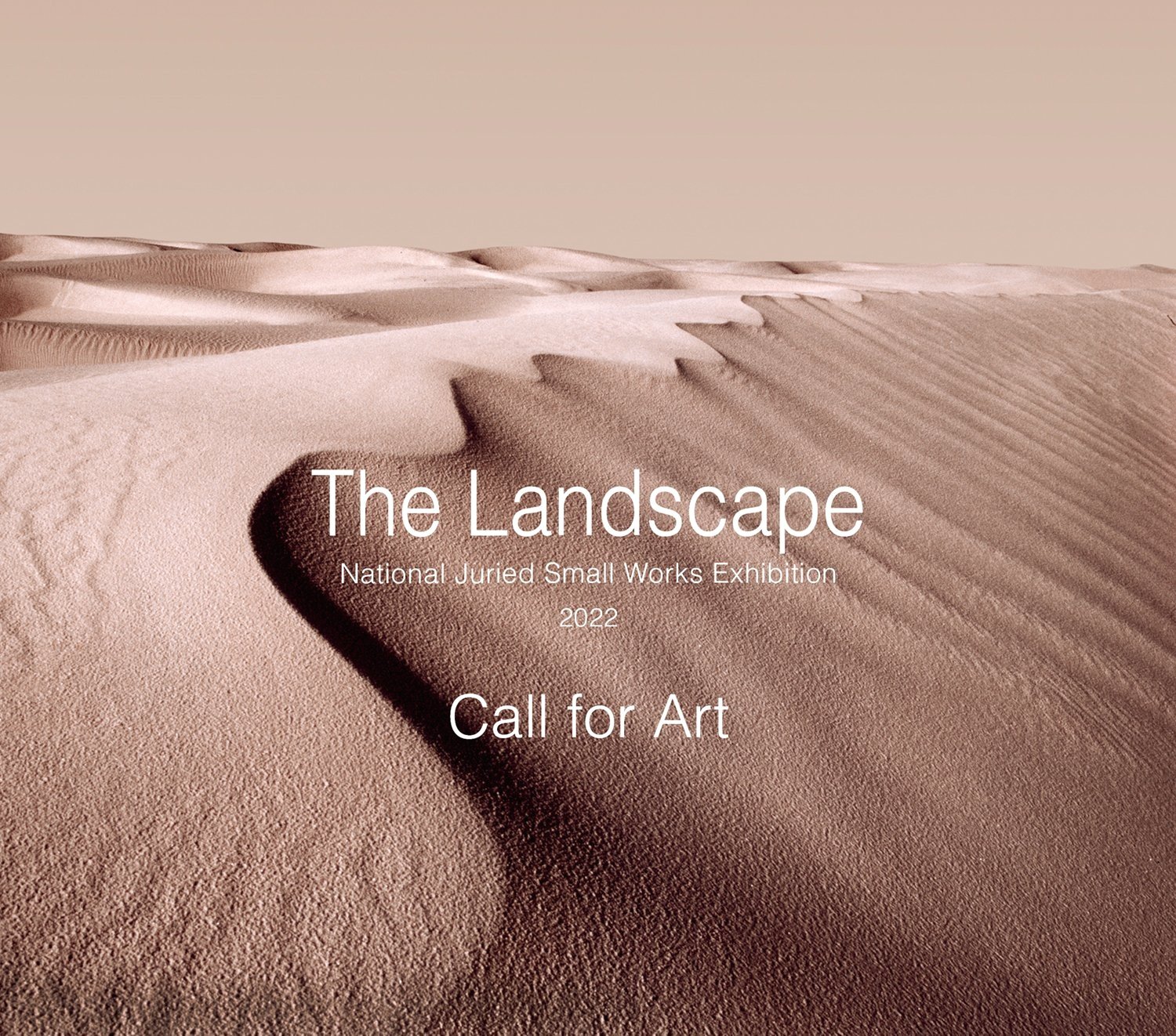
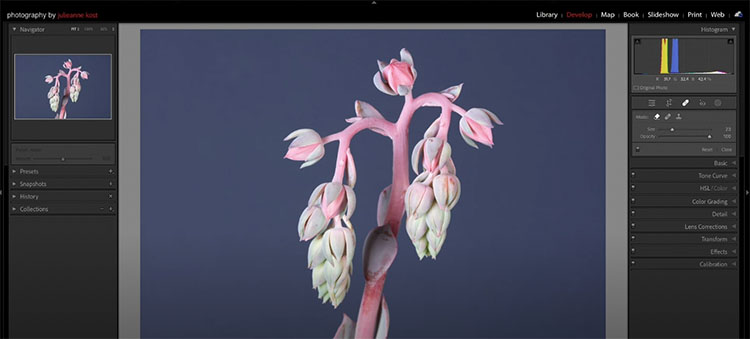
.
In this video you’ll discover how to use the Clone, Heal, and Content-Aware Remove healing modes in Lightroom Classic to quickly remove dust spots, imperfections and distracting elements in a photograph.
For more check out Julieanne’s blog.
Learn more in my digital photography and digital printing workshops..
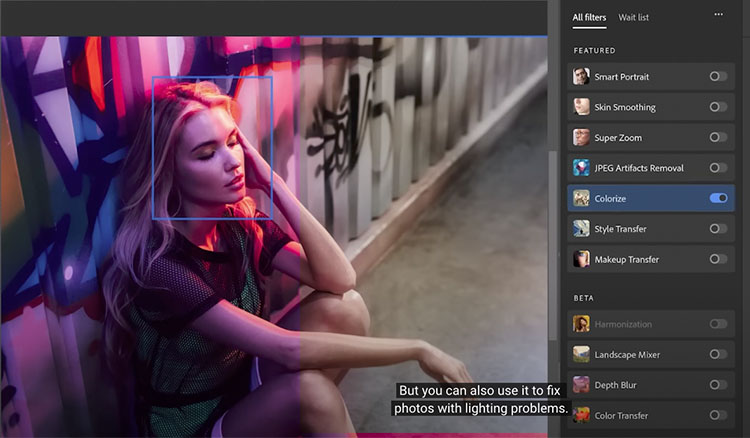
.
Use Photoshop’s Neural Filter Colorize to remove color casts and fix photos with bad lighting.
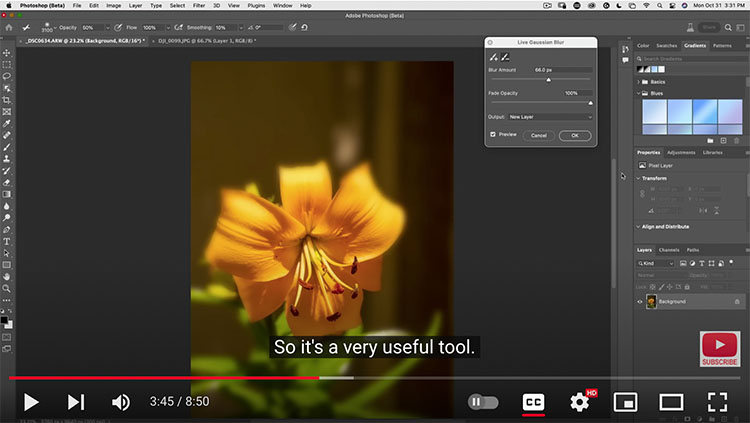
.
“New features in Photoshop 2023 beta. Discover the powerful new live gradient and live blur in Photoshop and see how to use the new tools on your photographs for a super simple vignette (finally!) as well as new ways to blur the background of a picture.”
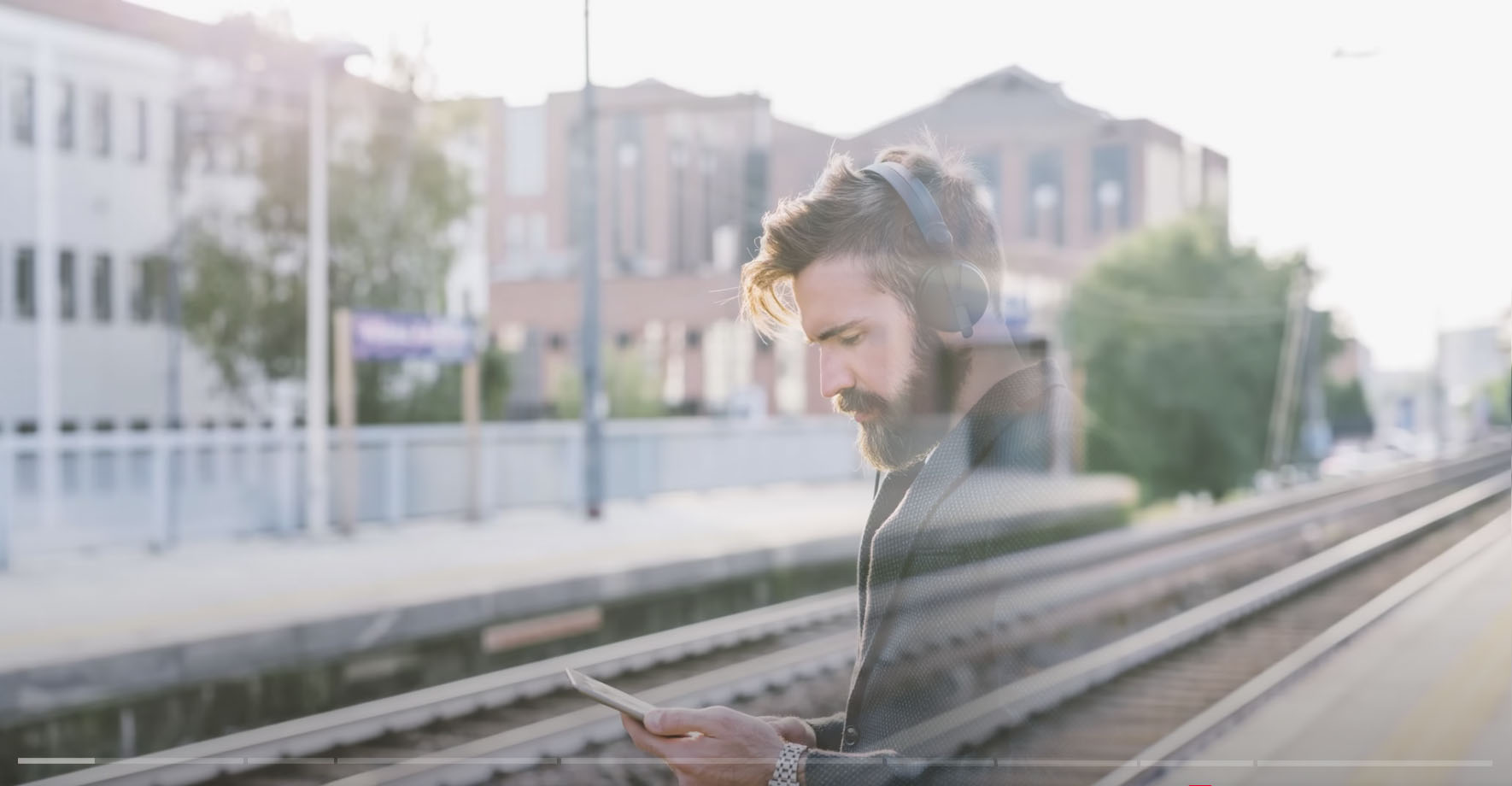
.
“Discover an incredible tool to instantly remove anything from a photo, no matter how complex the image is!
In this video, we will compare Photoshop’s Content-Aware Fill to the free Dall-E A.I. image generator for removing objects from challenging photos. We will discuss the limitations of Photoshop and see whether Artificial Intelligence can bridge the gap; and test whether artificial intelligence can fill in empty areas when there is nothing to sample from.”
Find more of Unmesh Dinda’s PiXimperfect here.
Learn more in my digital photography and digital printing workshops.

